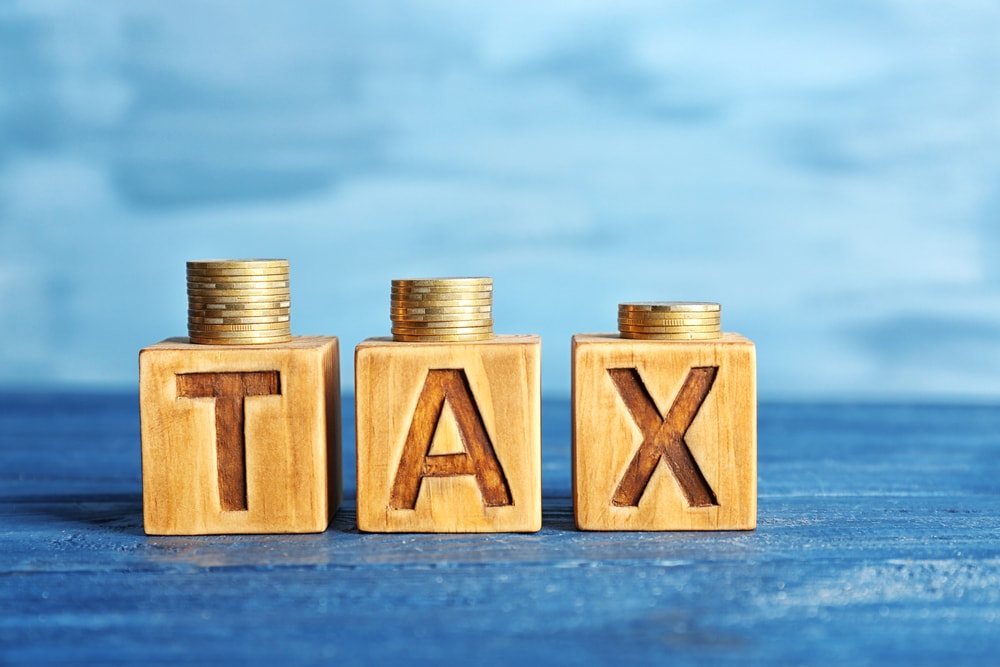Calls for the government to review the pension lifetime allowance (LTA) have grown, after figures from HMRC revealed an 11 per cent increase in LTA charges in 2020/21.
According to the new data, a total of £382m was paid in charges by 8,610 people whose drawings on their pensions exceeded the LTA limit in 2020/21, up from £344m in the year before.
While the LTA has been frozen at its 2020/21 level of £1,0731m until at least 2026, the latest figures have compounded recent concern amongst industry experts, with growing calls for the government to "urgently" review or scrap the allowance.
LCP partner and pensions tax specialist, Karen Goldschmidt, commented: “Even when LTA limits keep pace with inflation we see a steady increase in the number of people being caught and paying LTA charges.
"But a five year freeze in the LTA threshold until 2025/26, especially at a time of high inflation, is likely to bring many more people into the net of LTA charges and undermine the incentive to save for a pension.
"If the government is looking to simplify pension tax relief and make sure that the limits only apply to the very wealthiest, reversing some of the past and planned cuts to the LTA would be a very good place to start”.
Canada Life technical director, Andrew Tully, also highlighted the measure as a "draconian measure", which "hits people who are saving often relatively modest amounts but have enjoyed strong investment performance".
"A £1m pension sounds like a huge retirement fund by any standards, but this would secure you an annual income of around £40,000, which is hardly a king’s ransom," he continued.
"By simply freezing the allowance the Treasury is expected to generate nearly £1bn extra in tax over the next few years, which shows how it expects to hit savers trying to do the right thing.
"We would like to see the LTA scrapped entirely for defined contribution savers – having one annual allowance restricting savings into pension would massively simplify pensions at a stroke.”
However, revenue from the AA fell in 2020/21, with tax charges covered by scheme pays falling from £253m to £200m, while the amount of contributions declared on tax returns on which AA charges are payable fell almost 25 per cent from £1000m to £764m.
LCP suggested that this is in part likely to be because the 2020 Budget implemented a dramatic easement in the thresholds above which the AA is tapered below the standard £40,000 allowance, which saw the tax take from these measures fall "considerably".
However, Broadstone head of pensions and savings, Rachel Meadows, suggested that this may also present an opportunity for those who are able to make pension contributions in the 2022/23 tax year.
"The increased threshold for AA taper, coupled with the new chancellor’s plan to scrap the 45p tax rate, will make the 2022/23 tax year appealing to high-earners looking to boost their pension savings, as those contributing income above the £150,000 45p threshold will
have until April 2023 to maximize the tax relief available on their income," she explained.
The figures also revealed a £2.4bn increase in the gross cost of providing tax relief on pension contributions to £44.1bn in 2020/21, with the total net cost for pension income tax and NICs relief estimated at £48.2bn, up from £44.5bn in 2019/20.
In 2020/21, 69 per cent of income tax relief on total contributions was estimated to be relieved on contributions to personal or private sector occupational schemes and 53 per cent is estimated to be relieved on contributions to defined contribution schemes.
Latest News
-
Aegon Master Trust launches pension tracing and consolidation service
-
Chesnara agrees £260m HSBC Life acquisition
-
TPO upholds complaint against employer for maladministration
-
Blog: Double standards?
-
Disabled and chronically ill workers less confident about having a comfortable retirement
-
High-net worth individuals 'significantly underestimating' cost of desired retirement
A changing DC market
In our latest Pensions Age video interview, Aon DC senior partner and head of DC consulting, Ben Roe, speaks to Laura Blows about the latest changes and challenges within the DC sector
Being retirement ready
Gavin Lewis, Head of UK and Ireland Institutional at BlackRock, talks to Francesca Fabrizi about the BlackRock 2024 UK Read on Retirement report, 'Ready or not. How are we feeling about retirement?’
Podcast: Who matters most in pensions?

In the latest Pensions Age podcast, Francesca Fabrizi speaks to Capita Pension Solutions global practice leader & chief revenue officer, Stuart Heatley, about who matters most in pensions and how to best meet their needs
Podcast: A look at asset-backed securities

Royal London Asset Management head of ABS, Jeremy Deacon, chats about asset-backed securities (ABS) in our latest Pensions Age podcast
© 2019 Perspective Publishing Privacy & Cookies













Recent Stories